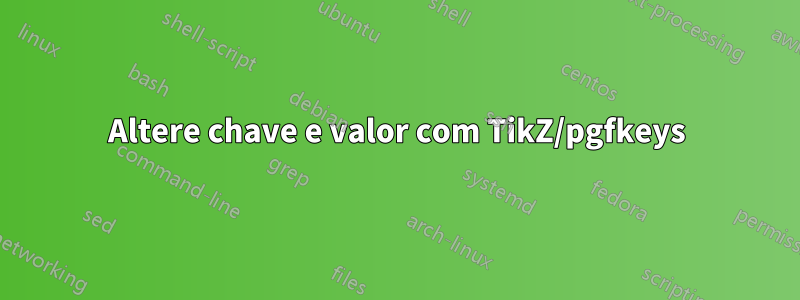
Outro problema do TikZ: ambos os vetores são plotados, mas o segundo produz um erro:
! Dimension too large.
<to be read again>
\relax
l.37 \myvector[text align=center](1,1)
;
I can't work with sizes bigger than about 19 feet.
Continue and I'll use the largest value I can.
Entendo que se o vetor for pequeno pode haver problemas de alinhamento. Mas o erro ocorre mesmo se não houver texto.
Então tentei testar:
\ifx\mbftex\empty \def\mbfdecoration{} \else \mbfdecoration{postaction={decorate,decoration={text along path,text align/.expand once=\mbftextalign,text=\mbftext,raise=\mbfraise}}}} /fi
e use assim:
\centerarct[draw=\mbfcolor,line width=\mbflinewidth,\mbfdecoration](#2)(20:21:\mbfradius);
mas isso não funciona. Ok, eu poderia fazer duas definições de arco central dependentes se o texto estiver vazio ou não. Mas existe outra maneira? Tentei encontrar uma solução com tikzset e estilos, mas também não funcionou.
\documentclass[10pt]{article}
\usepackage[a4paper,top=1in, bottom=1in, left=1in, right=1in]{geometry}
\usepackage{tikz}
\usetikzlibrary{calc,arrows.meta,bending,decorations.text,positioning}
\def\centerarct[#1](#2)(#3:#4:#5)% Syntax: [draw options] (center) (start angle:end angle:radius)
{ \path[#1] ($(#2)+({#5*cos(-#3+90)},{#5*sin(-#3+90)})$) arc [start angle={-#3+90}, end angle={-#4+90}, radius=#5)]; }
\pgfkeys{
myvector/.is family,
myvector,
radius/.initial=4cm,
line width/.initial =5mm,
color/.initial=orange,
text align/.initial=right,
text/.initial=,
raise/.initial=0mm
}
\newcommand\myvectorset[1]{\pgfkeys{myvector,#1}}
\def\myvector[#1](#2){
\myvectorset{#1,
radius/.get=\mbfradius,
line width/.get=\mbflinewidth,
color/.get=\mbfcolor,
text align/.get=\mbftextalign,
text/.get=\mbftext,
raise/.get=\mbfraise
}
\centerarct[draw=\mbfcolor,line width=\mbflinewidth,postaction={decorate,decoration={text along path,text align/.expand once=\mbftextalign,text=\mbftext,raise=\mbfraise}}](#2)(20:21:\mbfradius);
}
\begin{document}
\begin{tikzpicture}
\myvector[](0,0);
\myvector[text align=center](1,1);
\end{tikzpicture}
\end{document}
Existe uma maneira de implementar algo como o seguinte?
\documentclass[10pt]{article}
\usepackage[a4paper,top=1in, bottom=1in, left=1in, right=1in]{geometry}
\usepackage{tikz}
\usetikzlibrary{calc,arrows.meta,bending,decorations.text,positioning}
\begin{document}
\def\mytext{}
%\ifx\mytext\empty {\def\mykey{draw=red}} \else {\def\mykey{draw=blue}} \fi % not-solved-1
\begin{tikzpicture}
\tikzset{mystyle/.style={draw=red}} works
%\ifx\mytext\empty {\tikzset{mystyle/.style={draw=red}}} \else {\tikzset{mystyle/.style={draw=blue}}} \fi % not-solved-2
%\path[mykey] (0,0) -- (1,1); % part of not-solved-1
\path[mystyle] (0,0) -- (1,1);
\end{tikzpicture}
\end{document}
Porque isso funciona:
\begin{document}
\def\mytext{}
\begin{tikzpicture}
\ifx \mytext \empty \def\mytest{red} \else \def\mytest{blue} \fi
\path[draw=\mytest] (0,0) -- (2,1);
\end{tikzpicture}
\end{document}
Mas preciso substituir a chave e seu valor.


